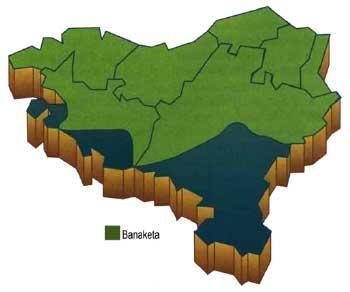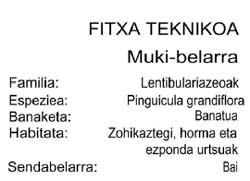Mucous grass, insectivorous plant

About 30 species are known within this penguin genus. Eight of them are found in Europe, with only 3 species in Euskal Herria. The most distributed species is the Penguin grondiflora. Mucous grass has had to develop very curious systems to feed itself and thanks to this evolution, many small insects are attached to the special systems of capture of its leaves.

The brightness of the leaves attracts insects and when they are placed on the skin they are attached, since the desire to escape further prevents them from the other adjacent glands (the corrupt glands). The digestion of insects is done thanks to its different glands, for which the leaves of the mucous grass are rolled up. It is a process of ironing that runs between 3 and 4 days, in which the leaves expand rapidly and on them appear remains of insects. The leaves are constantly renewed with a duration of 5-6 days.
The medullary grass, from sea level to the top, in peatlands, walls and watery slopes and springs. Flowering occurs between April and July depending on altitude. Small rosette-shaped plant, with elongated leaves, pale green. The flowers are usually lilac and white colored throats with a long back spur.
This plant has been used as a medicinal herb and has different properties. Among the drugs containing the herbaceous mucosa are organic acids, minerals, spasmolytic substances and labenzyme.
After crushing their leaves are usually placed on recent wounds. Also with the intention of curing the "scabies". Its root is also used as a plaster to reduce the pain caused by "sciatica" and cure the interruptions of children. They say that the juice of the leaves quickly cures the diseases of the bovine roots. And after crushing the roots and leaves at once, they are used to dye the hair yellow.






